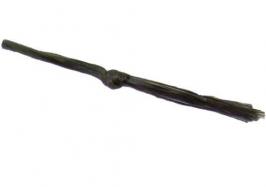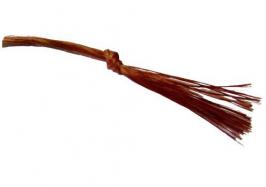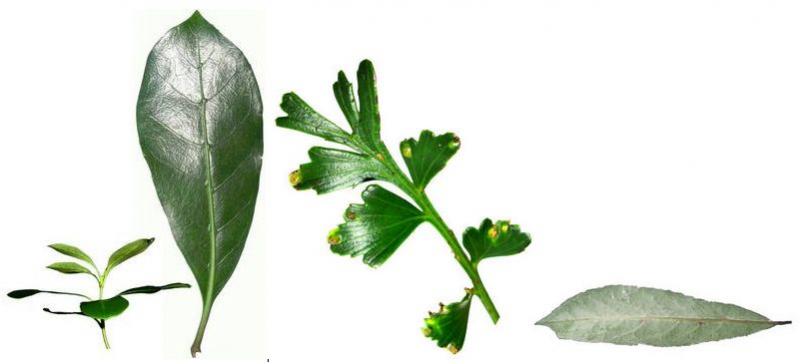The art of dyeing
Aim
To understand that the barks from different trees are used by some iwi Māori to dye muka black, brown or yellow.
Some of the special cloaks are decorated with tāniko. The tāniko are made from dyeing muka with dyes made from the bark of trees. The dyed muka is then woven into the tāniko. To find out how dyes are made look at the table below.
| Hīnau – black 
Stephen Williams Loose hīnau bark is broken off a mature tree and boiled in water to make a yellow solution. The muka are soaked in this solution and then transferred to a bath of mud rich in iron sometimes known as paru. This turns the muka black. The muka is washed and left to darken in direct sunlight. |
| Tānekaha – reddish brown 
Stephen Williams Muka is first soaked in boiled tanekaha bark and then rubbed in wood ash and washed. After the treatment of wood ash, tanekaha changes from a pale tan to a rich reddish brown. |
| Raurēkau – yellow 
Stephen Williams The outer and inner bark from the raurekau is scraped away to reveal a yellowy orange layer. This layer is stripped from the sapwood and boiled in water. When muka is placed in this dye, the muka is dyed to a rich golden yellow. |
Name that dye Levels 1–4. This is an interactive activity that enables students to test the three dye solutions in order to find out which dye will produce the colours: yellow, reddish brown and black.
What do raurēkau, tānekaha and hīnau trees look like?

These three leaves are from the raurēkau, tānekaha and hīnau tree. Use the identification key ‘What is this tree?’ to find out which leaf belongs to which tree.
Identification key: ‘What is this tree?
He pēhea te āhua o ngā rākau raurēkau, tānekaha me te hīnau (Word 2007, 526 KB)
